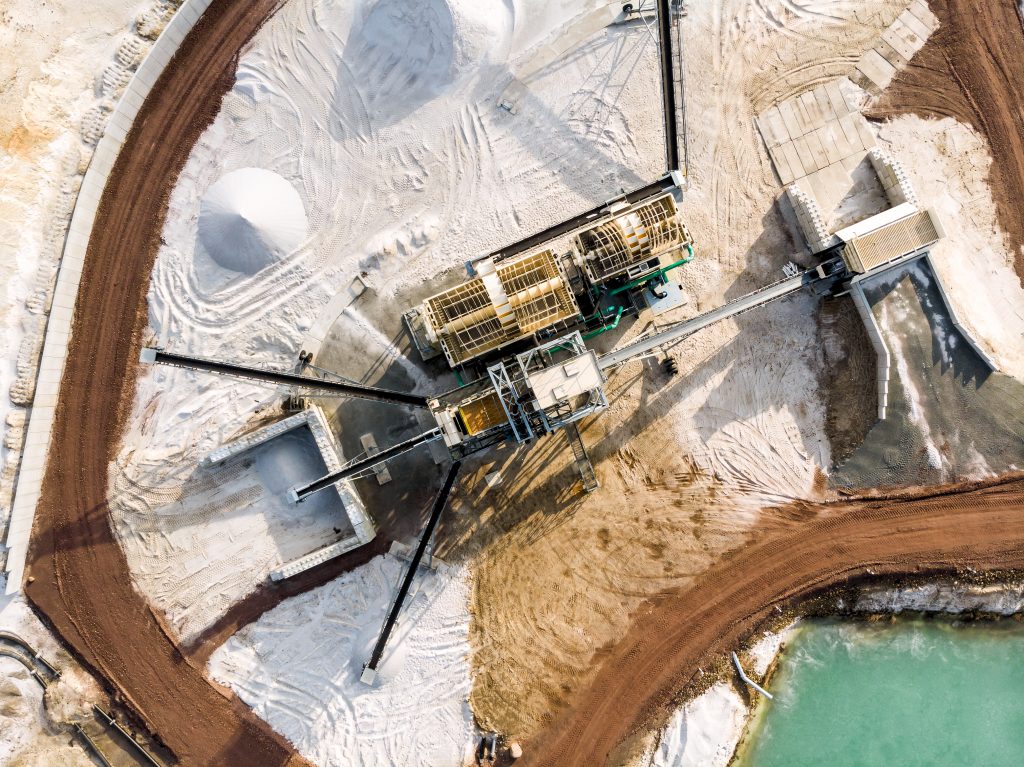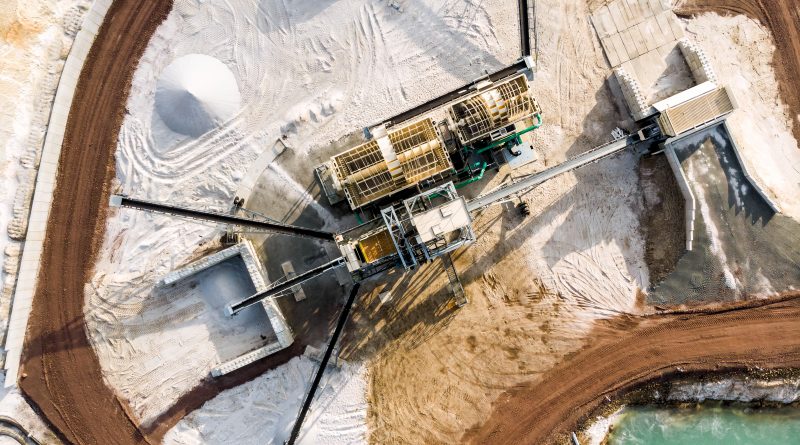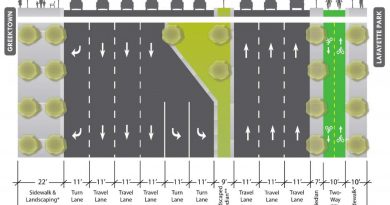Hubbard Farms Signs On To Lawsuit Against Zug Island Concrete Plant
When news broke last fall that Governor Whitmer’s administration had cherry-picked air quality data to justify the granting of a permit to build a concrete crushing plant in an area that frankly doesn’t need any more air pollution, I can’t say that I know anyone who was terribly surprised. We do, of course, live in an age of corporate glory and Reaganomics, right? Which is why today, I’m pleased to report that the Hubbard Farms Neighborhood Association, representing my favorite neighborhood in Southwest Detroit, has announced its intentions to sign on as a party to a lawsuit by the Great Lakes Environmental Law Center to attempt to block the plant. In the wise words of George W. Bush, there is a higher calling than trying to fudge the numbers.

Background: Industrial Clusters
Zug Island is a manmade, private, and completely industrialized island at the mouth of the Rouge River. While various industries developed along the water source that was the Rouge in the 19th century, Zug Island was initially developed by furnituremaker, bookkeeper, and serial entrepreneur Samuel Zug as a residential retreat from the city of Detroit. But Zug abandoned this plan and sold off his real estate, and, eventually, a steel mill was born. Today, the island is completely off-limits to visitors (under threat of being glowered at by rent-a-cops with sympathetic connections to real cops), and is mostly dominated by US Steel (RIP).
To be clear, it’s not that heavy industry itself is fundamentally bad. But it’s often fundamentally resistant to modernization, because modernization is expensive. Steel mills are expensive, illiquid assets, and, while pricey to retrofit them with things like pollution controls or, say, acoustic measures that could mitigate The Hum, it’s far more expensive to upgrade them with less polluting technology. (As an aside, this is why companies like Nucor have trounced US Steel— because they opted for newer technology while X remained in the past).
To be clear, there is nothing wrong with the very existence of heavy industry. We live in a society, of course– we buy a lot of stuff, consume a lot of stuff, and this means that these things must be produced somewhere. If you sensed a “but” coming, it’s in the form of a mention of this small thing called “environmental regulation.” It’s possible to have heavy industrial uses that are good neighbors. While I don’t mean “a steel mill across from an elementary school,” it’s not a completely insane idea if you were able to mitigate the ambient air pollution, noise pollution, or other undesirable effects (e.g. heavy truck traffic on local streets frequented by schoolchildren). But it’s ultimately not common in the United States.
Of course, the development of transportation infrastructure and other technology means industrial is no longer wholly reliant on its proximity to things like rivers or forests. But there are still industrial clusters in the modern day, and the Edward Levy company is making a product called slag cement, which is produced from a byproduct of iron production. Hence the interest in placing the facility here.
Litigation In The Policy Toolkit
I’ve observed that, whether owing to skepticism or just general disinterest, a lot of folks in the capital-p Private Sector often tend to look at public policy as something that is conceived in a high-minded or almost academic context without understanding of practicality in implementation. While this may sometimes be the case, especially in things like energy policy at large (“poor people will be saved, just as long as they can enjoy low-interest financing on 9000-lb electric vehicles!”), the environmental and energy justice conversation is substantially different, because of how much of it is by definition adversarial in nature. Policy advocates from, say, RMI or the Sierra Club aren’t fighting against highway expansion, for the most part– they’re fighting for vehicle electrification. While this is all well and good for emergent markets or technologies, it doesn’t necessarily provide us with avenues for environmental justice– in communities, namely, where this Bad Stuff is already built (or is contiuing to be built).
I’ve enjoyed the ability to see how the sausage is made at multiple levels, through everything ranging from grassroots advocacy to litigation. Litigation is a particularly spicy component of the policy toolkit, as it demonstrates that the parties are serious. The intermingling of regulatory jurisdictions and the complexity of parties often means that these cases will be taken to federal court rather than stuck in a local court system that is frankly usually not very well-suited to dealing with the matters. I will have updates on this as they arrive, but suffice it to say that it will be interesting to see how this plays out. The city of Detroit has, by and large, taken a hands-off approach to environmental regulation, and, consequently, the ZIP codes in the extreme southwest of the city remain some of the most polluted in the country (certainly the most polluted in the state).
Figuring out collaborative solutions for policy fixes, whether they are saying “yes, and” or “no, but,” is a vital path toward environmental and economic justice.




